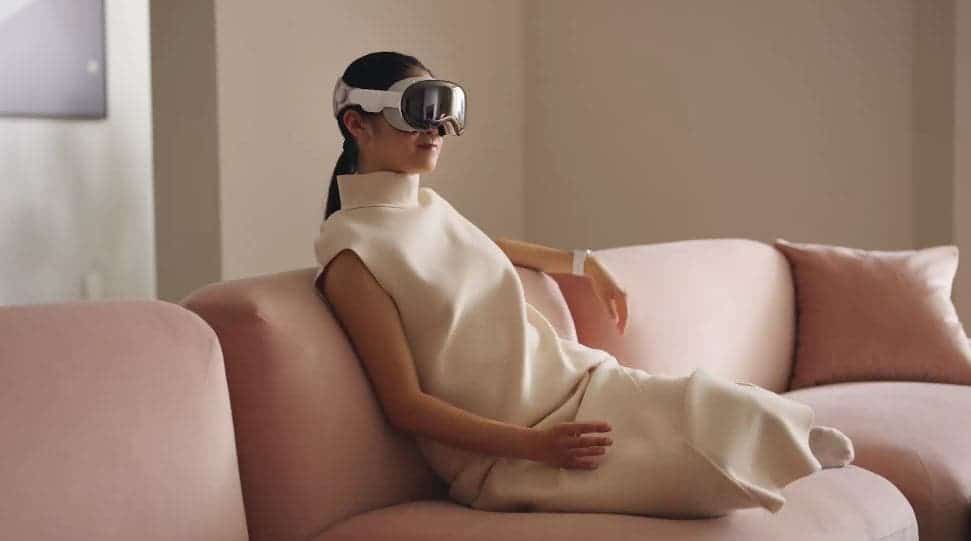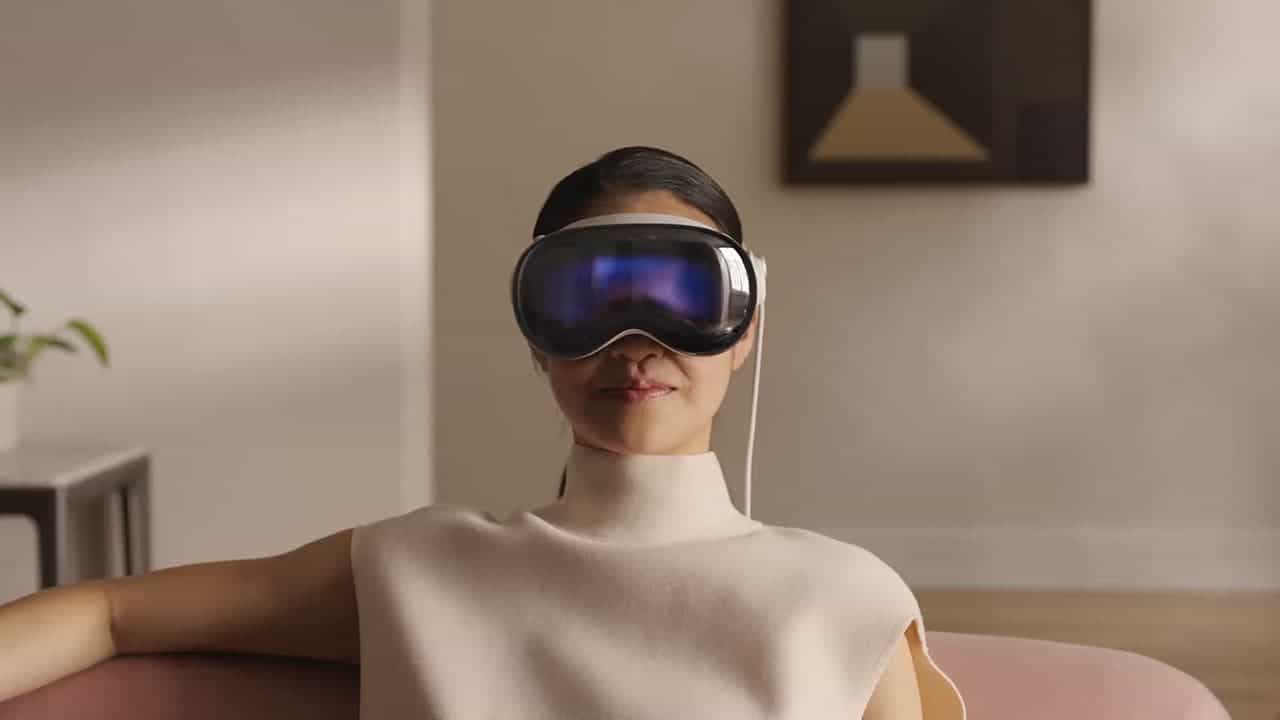One of the subtle changes in the iPhone 16 is the vertical alignment of its dual camera system on the back. It might seem like a minor aesthetic tweak. But this design choice actually enables a specific feature. Let’s explore in more detail.
iPhone 16 Vertical Cameras Are There for Spatial Content
The iPhone 16’s vertical camera arrangement is a cornerstone for capturing spatial content. This innovative feature leverages the power of stereographic imaging. This creates a captivating sense of depth in both moving and still images.

Apple first introduced spatial content capabilities with the iPhone 15 Pro and 15 Pro Max. The non-Pro models didn’t get it. But the case with the entire iPhone 16 lineup is different. All the phones in the new lineup embrace this cutting-edge technology.
Spatial videos and photos excel in specific scenarios. For example, the places where there’s a pronounced distinction between foreground and background subjects. Depth perception can create a more immersive viewing experience.

But to appreciate the transformative impact of spatial content, you need to have a compatible device. Not all can render these media in their intended format. Apple expects users to enjoy the spatial content made on iPhone 16 on Vision Pro.
Spatial Video and the Vision Pro Ecosystem
The Apple Vision Pro’s introduction highlighted spatial video as a potential “killer feature.” Of course, capturing spatial content with a bulky headset might seem unconventional. So, using a smartphone to record these immersive experiences makes more sense. That’s why Apple has made the entire iPhone 16 lineup compatible.
Standard displays render spatial videos as traditional 2D content. However, the Apple Vision Pro offers the optimal viewing experience. It allows users to enjoy the depth and immersion that spatial video provides.

By expanding spatial video capabilities to a wider range of iPhone models, Apple aims to encourage more users to embrace the Apple Vision Pro ecosystem. The current model might not primary target all the users. But future iterations of the headset are likely to keep this fundamental feature.
It’s important to note that spatial videos lack a parallax effect. This prevents users from moving around the scene to explore different angles. A fixed pair of lenses on the iPhone captures this content. So, there’s no extra information to reveal when viewing from different perspectives. The only change is a shift in perspective.
The Limitations of Spatial Video Today
The Apple Vision Pro isn’t the sole headset capable of playing iPhone spatial videos. Platforms like the Meta Quest 2 and Meta Quest 3 also support this format. You can even play spatial content on them through the iPhone Meta app. For the vast majority of users, the excitement surrounding spatial video might seem premature. After all, you need a compatible headset.

Like the early days of the 4K video, spatial content will take time. Again, it’s due to limited accessibility. The current landscape suggests that widespread adoption of headsets capable of fully realizing spatial video experiences is unlikely in the near future. As a result, the true benefits of this technology may remain elusive for many users.
So, if you don’t own a Vision Pro or a similar headset, the practical advantages of spatial video will be largely missed for the time being.





